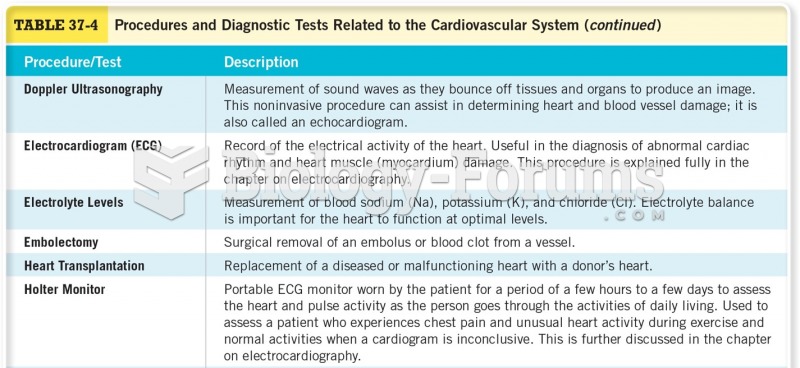Answer to Question 1
Correct Answer: 1, 2, 4, 5
Rationale 1: To be effective, a community-based health care system needs to be affordable.
Rationale 2: To be effective, a community-based health care system needs to provide easy access to care.
Rationale 3: To be effective, a community-based health care system needs to focus on the needs of all community members and not just on mothers and children.
Rationale 4: To be effective, a community-based health care system needs to be flexible in responding to the care needs of individuals and families.
Rationale 5: To be effective, a community-based health care system needs to promote care between and among health care agencies through improved communication mechanisms.
Answer to Question 2
Correct Answer: 3
Rationale 1: Activity restrictions are important; however, it would not be possible for the client to demonstrate the expectation to the nurse.
Rationale 2: Knowing when to follow up with a health care provider is important; however, it would not be possible for the client to demonstrate the expectation to the nurse.
Rationale 3: Clients need teaching before discharge that includes information about medications, dietary and activity restrictions, signs of complications that need to be reported to the physician, follow-up appointments, and where supplies can be obtained. Clients, and perhaps caregivers, also need to demonstrate safe performance of any necessary treatments. Clients need help to understand their situation, to make health care decisions, and to learn new health behaviors. All the options would be important for the client to retain, but to determine whether the task of changing the dressing was learned, the client would have to demonstrate the skill back to the nurse.
Rationale 4: Signs of complications are important; however, it would not be possible for the client to demonstrate the expectation to the nurse.







